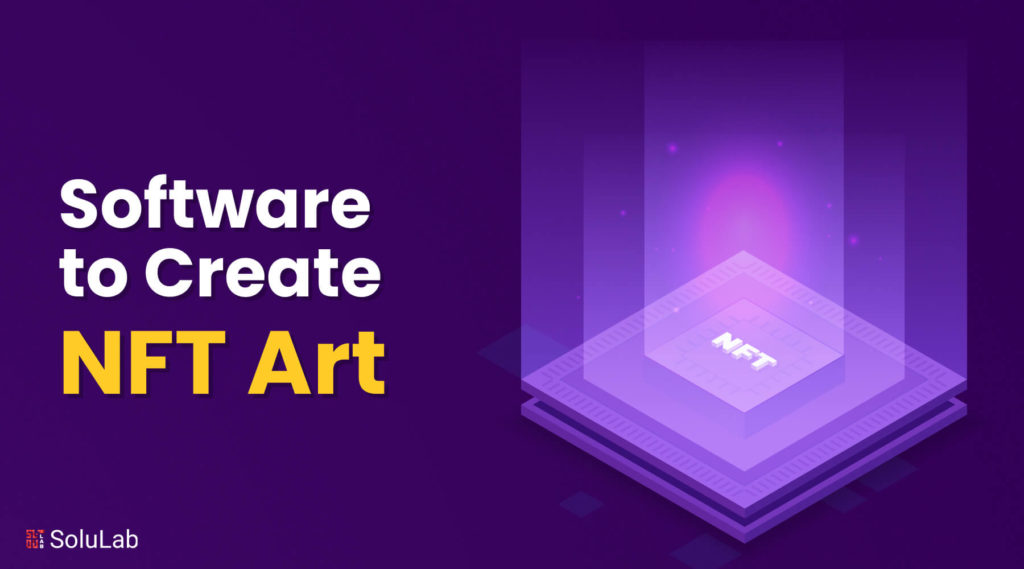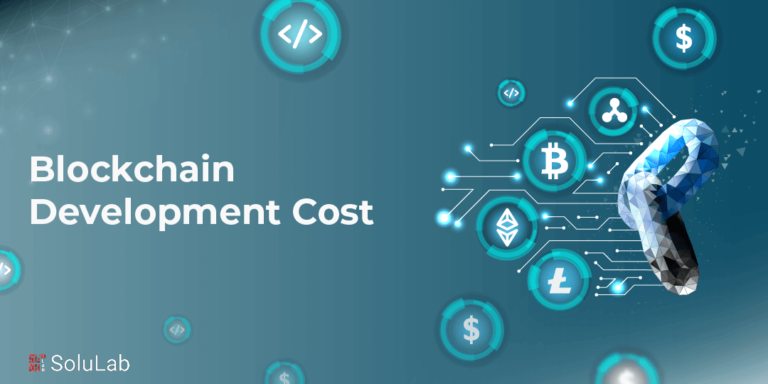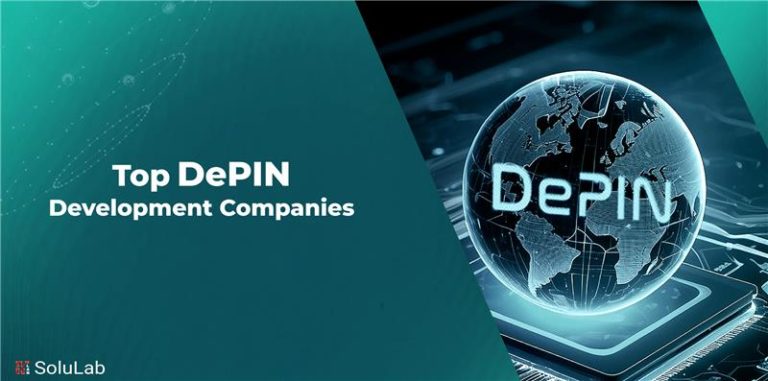
NFTs, or Non-Fungible Tokens, are unique digital assets stored on blockchain networks, serving as proof of ownership or authentication for various digital or physical items. Unlike cryptocurrencies such as Bitcoin or Ethereum, which are interchangeable, NFTs cannot be replicated or exchanged on a one-to-one basis.
These tokens are utilized to represent a diverse array of digital content, including artwork, music, videos, collectibles, virtual real estate, and even social media posts. Each NFT possesses distinct metadata, detailing information about the asset’s creator, its origins, and its ownership history, all recorded on the blockchain.
One of the primary appeals of NFTs lies in their ability to establish ownership and scarcity in the digital realm, enabling creators to monetize their digital creations and collectors to acquire and own unique digital assets. NFTs have gained significant popularity in the art world, with digital artists selling their works as NFTs for substantial sums of money.
Explore and Buy an Already Created NFT Art Piece
In addition to influencing the actions you must take before generating your artwork, investigating what NFTs sell and what markets desire to mint your NFT will assist you in determining which markets may benefit from the newly produced design. This is owing to the fact that the first step in creating any type of art is to research the market.
Although some NFT marketplaces need an invitation from an existing member to get access, others provide features tailored exclusively to new artists. The distinct qualities of each of the several online markets for obtaining and selling NFT art will influence how simply and effortlessly your most current NFT art may be utilized.
How to Create NFTs?
Creating NFTs involves several steps, including choosing a blockchain platform, creating digital content, minting the NFT, and listing it for sale. Here’s a section outlining the steps of how to create NFTs in detail:
Choose a Blockchain Platform
1. Select a blockchain platform that supports NFTs. Ethereum is the most popular choice for creating NFTs, but there are other platforms like Binance Smart Chain, Flow, and Tezos.
2. Consider factors such as transaction fees, scalability, and community support when choosing a platform.
Create Digital Content
1. Produce or digitize the content you want to tokenize as an NFT. This can include artwork, music, videos, virtual collectibles, or even tweets.
2. Ensure that the digital content is of high quality and has value to potential buyers.
Mint the NFT
1. Use an NFT marketplace or a dedicated platform to mint your NFT. Minting involves creating a unique token on the blockchain that represents ownership of your digital asset.
2. Provide metadata for your NFT, including details about the artwork, its creator, and any other relevant information.
3. Pay the required gas fees (transaction fees) associated with minting the NFT on the blockchain.
Store the NFT
Once minted, your NFT is stored on the blockchain and can be accessed through your digital wallet. Make sure to securely store your wallet’s private keys to maintain ownership of your NFT.
List for Sale
1. Choose a marketplace to list your NFT for sale. Popular NFT marketplaces include OpenSea, Rarible, and Foundation.
2. Set a price for your NFT or opt for an auction-style listing where buyers can bid on the item.
3. Write a compelling description and include high-quality images or previews to attract potential buyers.
Promote Your NFT
1. Promote your NFT listing through social media, online communities, and any other channels where potential buyers may be present.
2. Engage with collectors and respond to inquiries promptly to build trust and interest in your NFT.
Transfer Ownership
Once a buyer purchases your NFT, transfer ownership to their digital wallet. This process typically involves executing a transaction on the blockchain, which may require paying additional gas fees.
Manage Ownership and Royalties
Consider implementing smart contracts that allow you to earn royalties whenever your NFT is resold in the secondary market. Platforms like Ethereum support ERC-721 and ERC-1155 standards, which include royalty mechanisms.
Selecting The Best NFT Marketplace
If you own Ethereum cryptocurrency and wish to diversify your earnings, try buying NFTs yourself. However, it is strongly advised that you conduct an extensive study and become as informed about cryptocurrencies as possible before making any purchases.
After you’ve finished, evaluate which online market you want to use. You may opt to purchase an NFT from a reputable source, hold it for a while, and wait for its price to rise over time. Alternatively, you might participate in low-value deals and sell the NFTs right away.
In this scenario, there is no right or wrong answer; it all depends on whether you want to make a quick profit or retain the NFTs for future generations.
Interested? Here are the 8 best software to create NFT Art.

1. Adobe Illustrator
Another excellent choice for creating NFTs and massive collections is Adobe Illustrator. Illustrator is among the most widely used digital art programs in the world, as you are undoubtedly already aware. It appears to work well for NFTs as well. Illustrator provides the tools necessary to create generative NFTs without the requirement for coding expertise. Illustrator now allows artists a lot of freedom. You can design just about anything using its vast toolkit.
Layering is still a fundamental design-building technique in this case. To achieve final outcomes, you can add or build your own things. Some artists create entirely original works, but you can also use ready-made presets and objects to create original NFTs more quickly. The fact that Adobe accepts the cryptocurrency platform Polygon is another significant point to make. It ought to make it simpler to display and market NFT innovations.

2. NFT Art Generator
NFT Art Generator is indeed the platform you need if you seek all of the tools you could possibly need to build NFTs. It is a layer-based tool that allows you to construct NFTs without needing to have a strong background in graphic design. You merely need to upload each one of your layers & construct your NFT. As an illustration, you may begin with your background and then layer on other things to get your desired effect.
NFTs can be downloaded and arranged into collections. Setting up attribute rarity, producing metadata, and producing sophisticated collections using categories, blocklists, and other features are all possible using the NFT art generator. Users of the NFT art generator have complete control over their works; there are no watermarks on collections as a result. You may find some helpful tutorials on the official NFT art generator website that will assist you in using the program and beginning to create NFTs straight away. It is really intuitive and easy to use. Without creating an account, you can use the generator without cost and download your initial sample.

3. Fotor
Don’t you want to easily succeed as an NFT artist? According to the first sentence on their landing page, Fotor is the software that makes it simple for you to produce digital art. You will be able to produce your digital art in a matter of clicks with the aid of cutting-edge AI (Artificial Intelligence) tools. The use of this tool has a little learning curve.
Utilizing Fotor, the creation of NFT is a rather straightforward process. Simply upload the image and choose the art style you want your image to be converted to, and you’re done. The remainder will be handled by the software, and you won’t need to do much. You don’t need to know how to code to generate NFTs thanks to tools like Fotor. With the click of a button, you can add layers, add your unique touch, and improve the art’s appearance.

4. Krita
Another of the best open-source drawing programs you may use to produce your NFT art is Krita. Its availability for free is its best feature. Using the abundance of drawing tools provided by this software, you may produce original digital art that you can then sell in the market of your choice.
Krita is one of the most dependable software programs for producing NFT art because it supports HDR painting and has more than 100 brushes, brush stabilizers, vector tools, etc. You can download brushes from your favored community artists through the Resource Manager feature.

5. Bueno
Bueno NFT art generator is an excellent choice for beginners seeking to create professional NFTs. Its user-friendly interface, accompanied by video tutorials, makes the learning process easy. Users can import their art and layers into Bueno, customize them, and preview the results before exporting.
One unique feature is the ability to set the rarity of layer attributes through simple sliders, with detailed explanations provided via videos. Bueno also stands out by offering its Microverse platform, allowing users to bring their NFTs to life in a 2D world. Additionally, the platform offers a valuable blog featuring advice and tips from experienced artists and teams who have successfully launched their collections using Bueno. To acquire the NFT art collection, payment is made with Ethereum, starting at 0.01 ETH for a collection of 100 NFTs. The prices may vary according to the fluctuating value of Ethereum.

6. NightCafe
Additionally, NightCafe uses cutting-edge AI to make it simple for users to produce beautiful digital art. Neural style transfer is a machine learning method used by the tool. This facilitates the software’s conversion of your uploaded photographs into whatever art style you have selected. Digital image creation is a rather easy process.
One of the simplest tools for creating NFT art, all you have to do is upload your image, choose the art style from the tool’s many options, and let AI take care of the rest. You can make and download artwork with a high resolution (up to 2.2-megapixel resolution) using NightCafe. Additionally, there is a bulk creation mode that enables you to make hundreds of images at once. The best feature of NightCafe is that you can create and download up to five watermark-free artworks every day for free across multiple devices.

7. SketchAR
According to the SketchAR website, it was founded by and for artists. Only the mobile platform is able to access this artistic tool. Its benefit is that you can make your own art while you’re on the run because of this. You may use the software to use sophisticated AR to turn your digital artwork or photographs into NFT (Augmented Reality). Use SktechAR’s offered drawing tool to easily create digital art & convert it.
If you are chosen as the Creator of the Week, your artwork will be turned into NFT and shared with the large and vibrant SketchAR community. This tool’s automatic listing of your artwork on marketplaces like Opensea and Rarible is another benefit.

8. VoxEdit
VoxEdit is last but not least. It is one of the best programs for producing top-notch NFT artworks. The instrument has a gorgeous design that makes it usable for beginners as well. VoxEdit provides a comprehensive range of tools that make it simple for users to produce their artwork.
Additionally, you may use the timeline to animate your artwork. You can list & sell your art on The Sandbox marketplace once it has been produced. VoxEdit software is available for download on Windows, macOS, and even Linux operating systems. You can get the VoxEdit beta program for free.
Conclusion
The NFT art space is full of opportunities, and the right tools can make all the difference. Whether you’re a beginner or a pro, this guide covers software tailored to various styles—from 2D illustrations to intricate 3D designs. Choose tools that align with your vision and workflow.
Beyond mastering software, focus on developing your unique style and engaging with the community. Creativity, consistency, and smart choices will help you stand out.
Stay true to your passion while adapting to trends, and you’ll create NFTs that resonate with collectors and leave a lasting impact. So, follow the above guidelines to hire an NFT developer. SoluLab is an NFT development company that has a team of experts who help you create NFT art contact today to discuss further.

FAQs
1. What Makes a Great NFT Art Software?
A great NFT art software offers intuitive tools, features, and export options compatible with blockchain platforms. It should support 2D/3D design, layering, and smart contract integration for minting.
2. What Advantages Come with Making NFT Art?
NFT art provides NFT ownership security, royalties for artists, and global exposure. It eliminates intermediaries, allowing direct artist-collector interactions and potential long-term value appreciation.
3. Do I Need Technical Skills to Create NFT Art?
No, many NFT art tools are beginner-friendly with drag-and-drop features. While some advanced tools require skill, basic creativity is enough to start.
4. How Can I Mint My NFT Art?
After creating your art, upload it to an NFT marketplace like OpenSea or Rarible, connect a crypto wallet, and follow the platform’s minting process to tokenize your artwork.
5. How Does NFT Art Differ from Traditional Art?
NFT art exists digitally, ensuring provable ownership via blockchain. Unlike traditional art, it can include smart contracts for royalties and is easily shared, sold, or traded worldwide.




